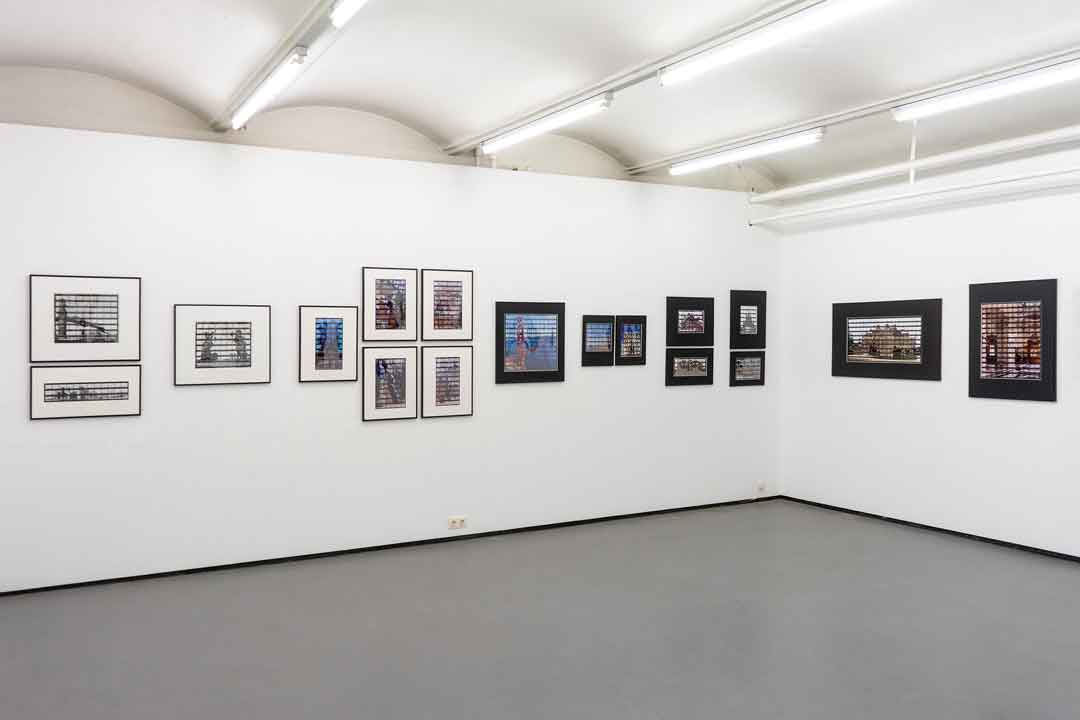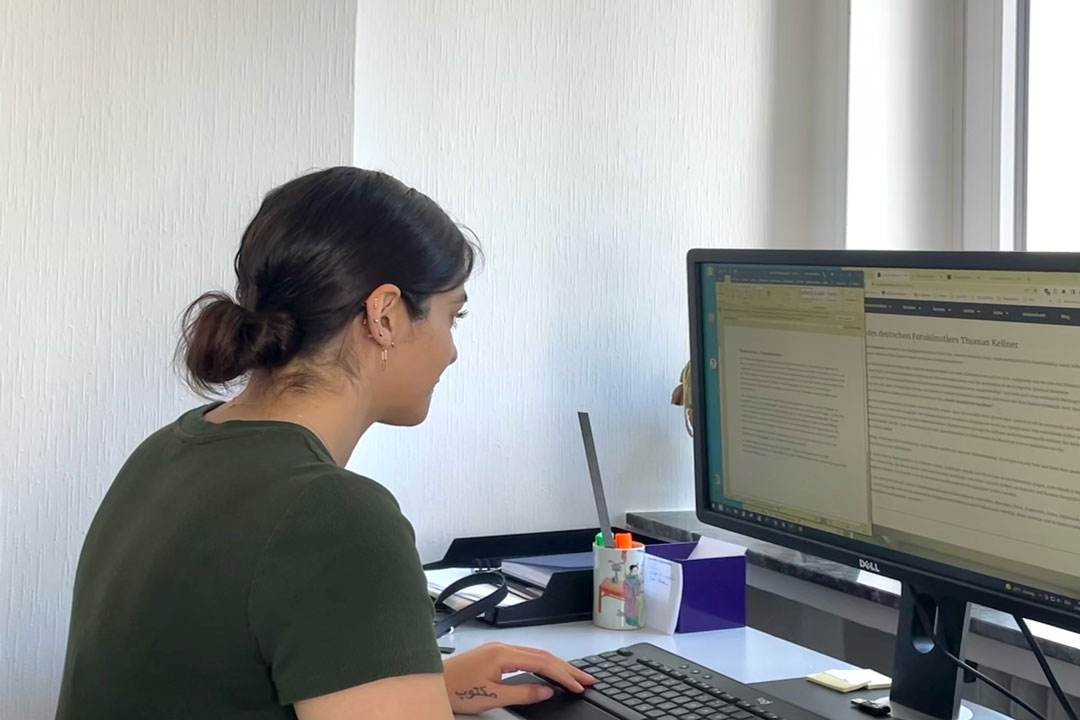First years with fine art photography
This year Fotogalerie Wien has shown the exhibition Pas de Deux. This exhibition also features the fine art photographer Thomas Kellner. Architecture, vision and creativity. All this is in the works of the fine art photographer. With his analog images, he presents the world from a different perspective and conquered countries such as China, France, Brazil, USA and many more. But how did the fine art photographer come to this kind of images? What was the development in his artistic work process and what are the inspirations behind it? To find out, we need to get to know the artist better in the first place:
Thomas Kellner was born on May 28, 1966 in Bonn and currently lives in Siegen. He studied art, politics, sociology and economics at the University of Siegen. At the time, there was a focus on pinhole camera photography at the art department. Thomas Kellner felt great interest in it and started to work intensively with it. At the same time he started to process his first pictures with salt paper prints and cyanotypes and other fine art photographic printing processes. These were his first experiences and the first encounter with artistic photography. In addition to his photo-artistic activities, he is also active as a curator. Thomas Kellner has led numerous projects, including photographers:network, which he initiated in 2004. Until 2013, a total of ten exhibitions were shown, until finally, with the final exhibition in Siegen, this project ended. His work and curated exhibitions took place for 20 years, from 1998 to 2019, in the Studio Friedrichsstraße. This studio has also hosted exhibitions featuring the work of a total of 300 international artists. Since 2019, his studio is located in Blücherstraße. Another of his curated projects is the concept twoseven+, in which, in an annual group exhibition, seven artistic positions are presented on a topic.

The working technique
Thomas Kellner works with the SLR camera and 35mm film, with which he develops images that reveal a part of deconstructivism, cubism and montage. The inspiration behind these works is the painter Robert Delaunay. To be able to create these images, it is also necessary to have the right technique for it. After taking the pictures, he develops these images and cuts the films into strips that are the same length. These are then joined together to form a negative and a contact sheet is made. The interesting thing about Thomas Kellner's working technique is that he uses all the information that can be seen on these contact sheets for the finished picture. He leaves it visible on the images, which is usually unusual, as most photographers never show the contact sheets in finished images. This detail adds a special touch to his working technique and images. Although there is a deconstruction in the images, it also carries with it a certain naturalness. In parallel, the fine art photographer leaves a kind of signature on his images.
Thomas Kellner in Pas de Deux
The exhibition Pas de Deux of Fotogalerie Wien shows various images by Thomas Keller. The exhibited images are from his projects Tango Metropolis, Black and White, Dancing Walls and Monumente.
In his images from the project Black and White are shown the images of his work from 1997-2005. The intention behind this project was to bring back to life the origin of art and photography, namely black and white images or photography. Among these black and white images are well-known architectures, such as the Eiffel Tower or the Brooklyn Bridge, with a view of the Manhattan skyline. These black and white images carry a nostalgia and make us think of the origin of art and photography.
The special thing about his project Dancing Walls is that Thomas Kellner has focused here mainly on the interior design of special and famous buildings. One of them is the Palazzo Carrega-Cataldi. The architectural-artistic features in this interior design are from the late Renaissance. Through the individual works of art on the ceiling and the golden decorations along the walls, a handsome impression is created. Thomas Kellner takes this manifest architecture and deconstructs it. The result is a fusion between modern photography and the Renaissance.
The Monumente series features well-known architecture and buildings in Europe, including Hôtel de Ville and Stonehenge. The image of Hôtel de Ville triggers many impressions and thoughts in me at the same time. On the one hand, the image has various contrasts of light and dark, creating different levels of atmosphere. At the same time, it looks like a puzzle. In this image you can see the initial search, experimentation and creativity of the fine art photographer. By incorporating different color layers and the way the individual images are put together, this image leaves different impressions. In the image of Stonehenge, on the other hand, the stones are placed as if they were alive and moving - perhaps even dancing. The same emotions are evoked by the image Afternoon at Golden Gate Bridge from the Tango Metropolis project. The deconstructed bridge is shown swinging above San Francisco's water, creating the illusion of rhythmic dance movements.
Contact Fotogalerie Wien
Fotogalerie Wien
Währinger Strasse 59/WUK
A–1090 Vienna
Austria
T: +43 1 4045462
F: +43 1 4030478
fotogalerie-wien@wuk.at
www.fotogalerie-wien.at
Links for this exhibition with Fotogalerie Wien and Galerie Vrais Reves
In these projects, Thomas Kellner focuses on architectural motifs such as buildings, bridges or monuments that are known throughout the world. He disassembles and deforms them and presents something completely new. At the same time he manages to evoke a reality unknown to us. Despite the deformation of the photographed object, the fine art photographer manages to unite old and new, so that the original motif can still be recognized.
Author

Güllü-Fidan Anlama, born January 8, 1996 in Herzberg am Harz, Germany.
Studies: Art history and media studies
Internship: from April to July 2022 at Studio Thomas Kellner
Specials interests: sports, traveling, cinema and art, drawing and painting








